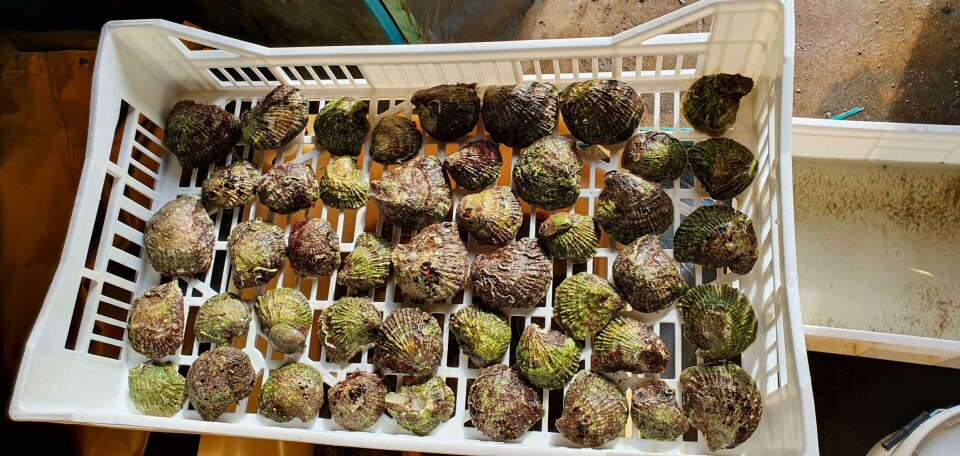
New test boosts broodstock options for oyster hatchery
A partnership between aquaculture genetics specialist Xelect and Orkney Shellfish Hatchery has led to the development of an innovative method of detecting the pathogen Bonamia in the European flat oyster (Ostrea edulis) by using environmental DNA (eDNA).
Bonamia ostreae is a major problem for many wild native oyster populations and is linked to the major decline in abundance throughout their range, said Xelect in a press release.
Testing for Bonamia is widely available but is typically “destructive”, meaning that the oyster is damaged or killed. This limits the ability of hatcheries to identify and then utilise disease-free broodstock for larval production.
Wider options
Using the eDNA method, Orkney Shellfish Hatchery - which specialises in premium, disease free shellfish products for aquaculture and restoration projects - can now comprehensively ensure the Bonamia-free status of each individual incoming broodstock oyster by using a non-destructive testing method. The outcomes are a much higher degree of hatchery biosecurity and wider options for native oyster broodstock sourcing.
Xelect, based in St Andrews, used a tried and tested method known as a Taqman Assay but adapted it to the specific challenge of testing for the presence of Bonamia from a filtered water sample – environmental DNA (eDNA) analysis.
Testing the water
Dr Paolo Ruggeri from Xelect oversaw the analysis. “Bivalves like the flat oyster filter large volumes of water every day, and in the process shed tiny amounts of their own DNA, and the DNA of any parasite they are carrying,” said the scientist.
“Using a highly sensitive DNA test we can sample the waters the oysters live in to identify the presence of the pathogen. It’s an extremely cost effective and humane approach, and the oysters don’t even need to leave their hatchery.”
Cutting-edge technology
Nik Sachlikidis from the Cadman Capital Group, which owns Orkney Shellfish Hatchery, said: “This is another demonstration of our commitment to using science-backed, cutting-edge technology to provide the highest possible standard of product.”
He added: “We’re continually looking at new ways to improve our native oyster spat product, and to set new standards for industry best practice in this area. Xelect have done a great job of working hand in hand with our team to solve some key issues facing the native oyster hatcheries and ensuring our broodstock are Bonamia-free.”























































